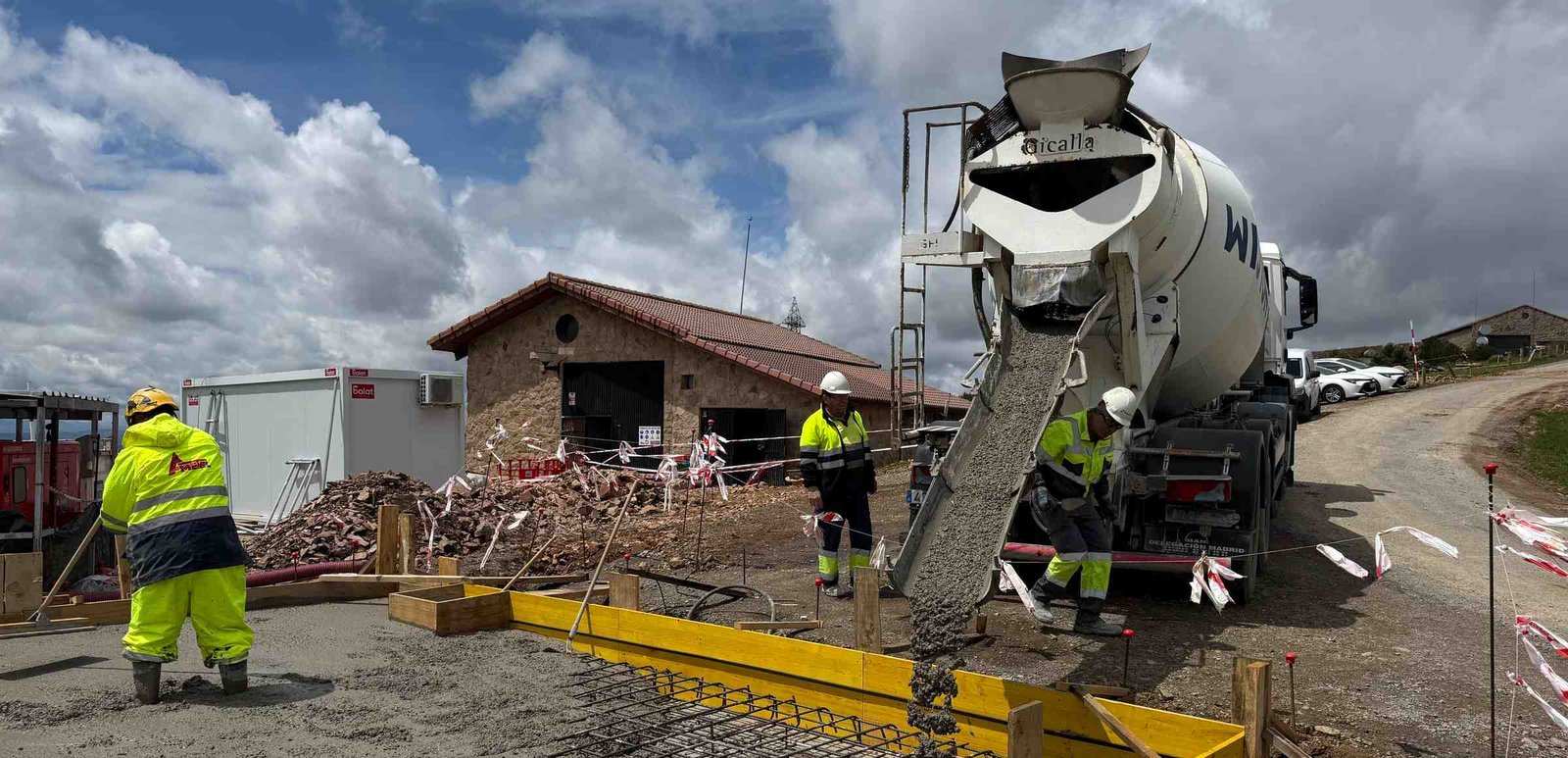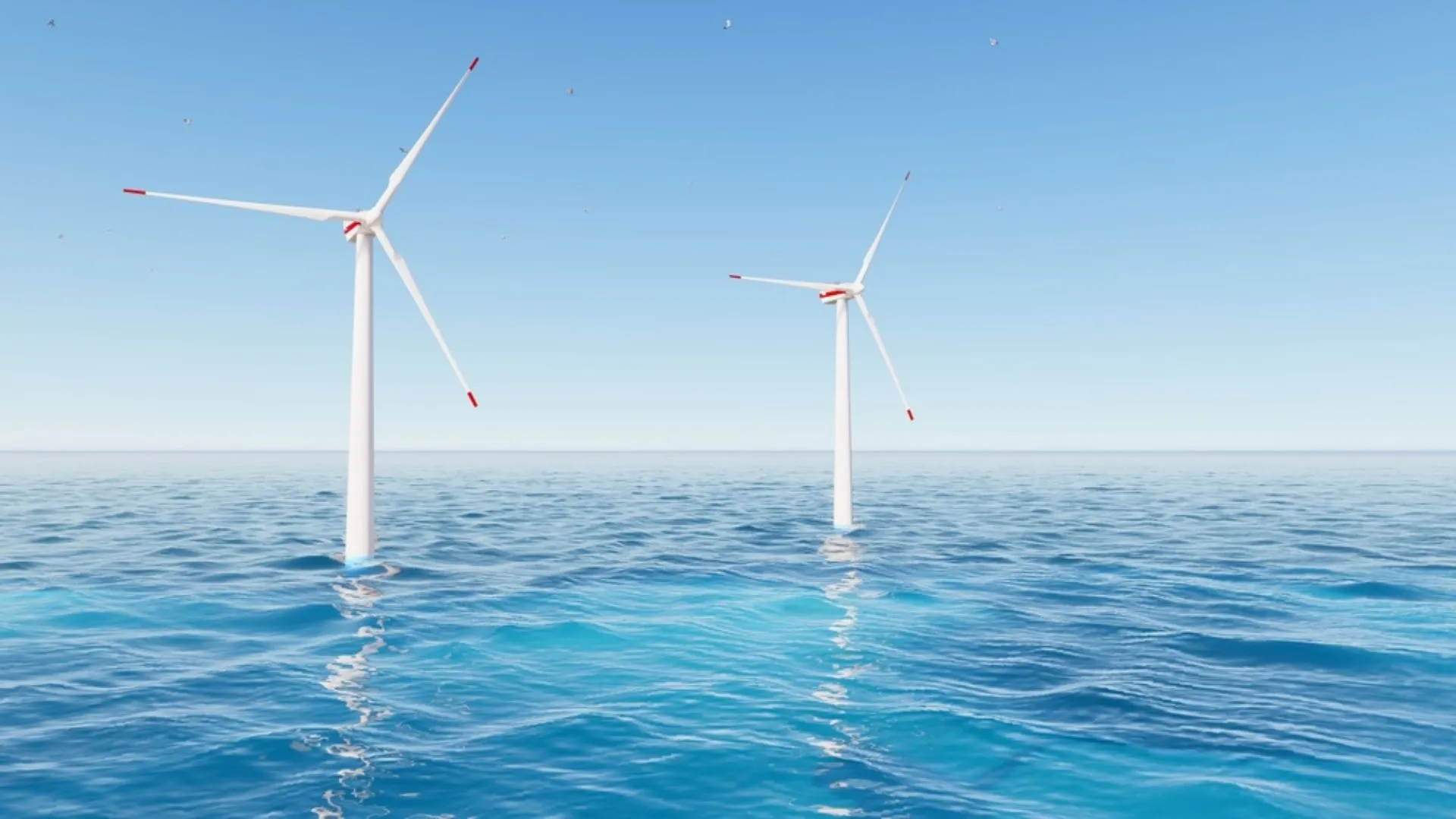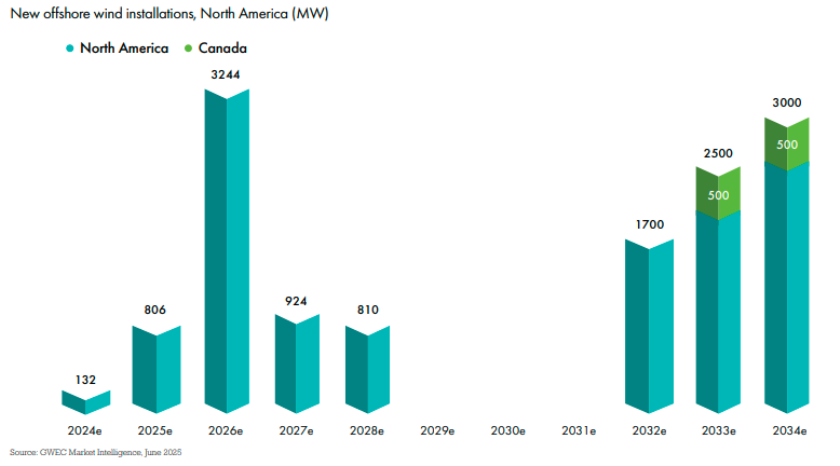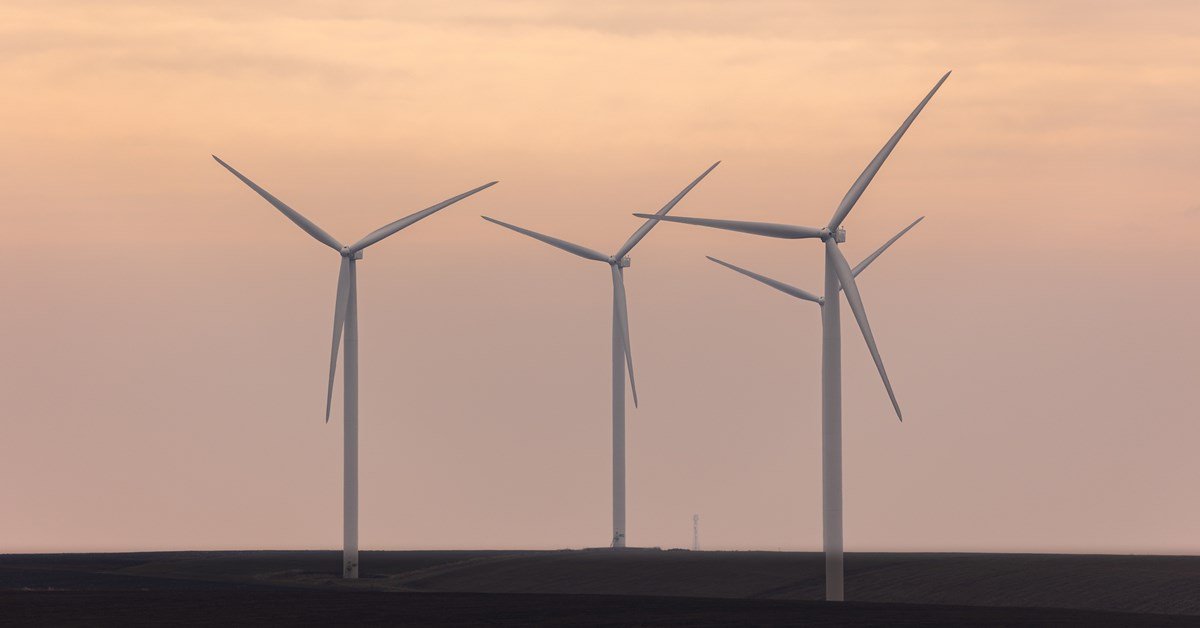In Aldeavieja, Ávila, Spain, a groundbreaking project led by Endesa in collaboration with Swiss firm Holcim is redefining sustainability in the wind energy sector. This initiative serves a dual purpose: boosting renewable energy output and recycling the blades from decommissioned wind turbines to create sustainable concrete for new infrastructure within the same wind farm.
The project is part of the European Blades2Build initiative, which includes 14 international partners focused on developing scalable recycling solutions for composite materials found in wind turbines. Historically, wind turbine blades, composed of complex fibers, often ended up in landfills due to the challenges associated with their disposal.
The Aldeavieja wind farm has undergone a significant upgrade, replacing 22 old turbines with just 4 new-generation units. This transition has increased the farm’s total capacity from 14.5 MW to 24 MW while adhering to a zero-waste objective. The initiative not only involved reusing parts as spares and recycling materials, but also innovatively converted outdated turbine blades into a new form of structural concrete. This process includes:
– Cutting the blades into manageable sections – Crushing the sections to produce alternative aggregates – Formulating concrete with additives derived from the recycled fibers
The resulting sustainable concrete has been employed in constructing foundations for the park’s evacuation structures, ensuring that the material’s lifecycle is completed on site.
Pilar Lara, the head of Endesa’s repowering project, emphasized that this circular economy approach helps reduce waste and emissions while minimizing the need for raw material extraction and transportation.
Financially, the project received 6.51 million euros in support from the Recovery, Transformation and Resilience Plan (NextGenerationEU) through the IDAE program. It is projected that the wind farm will begin testing operations in October 2025 and achieve full functionality by the end of that month.
Technical innovation stemmed from the Holcim Innovation Center in Lyon and the Special Concretes Laboratory of Holcim Spain. They developed a new concrete formulation within the ECOPact range, which utilizes the ECOCycle platform. This allows:
– Partial replacement of natural aggregates with recycled fibers – Integration of demolition materials, industrial by-products, and hard-to-recycle compounds
Víctor Pacheco, Holcim’s Innovation Process Manager, stated, “We created sustainable concrete using innovative additives sourced from crushed blades, focusing on building better with fewer resources.”
The Blades2Build project exemplifies a practical pathway towards circularity in the wind sector, blending energy generation with material recycling and infrastructure development. This pioneering effort not only mitigates waste and emissions but also establishes a new standard for sustainable repowering in Europe.




